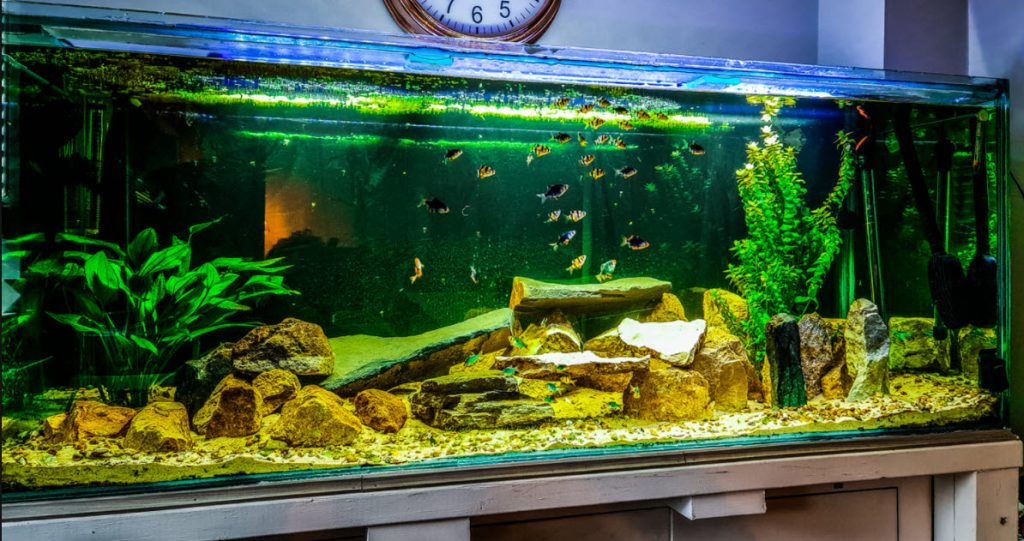
One very overlooked aspect of water chemistry is the number of bacteria found in the water of the aquarium. The bacterial water count is probably the most important part of keeping a fish healthy in an aquarium. All fish are healthier in water which is very clean, with very few bacteria in it.
Note that “bacteria free” is relative on something called a logarithmic scale. A milliliter (or cubic centimeter) of dull, “normal” aquarium water will have roughly 105/ml bacteria (100,000 bacteria per milliliter). A milliliter of cloudy water can easily have a total bacterial count of 7 x 106/ml bacteria (7,000,000). And a milliliter of “crystal clear” water can have as little as 6 x 103 /ml bacteria in it (6,000). So “bad” water has 103 or 1, 000 times more bacteria that “good” water. This is what “logarithmic” means.
This gives one an idea as to why reducing the bacterial count can be so effective in improving the immune systems of the fish.
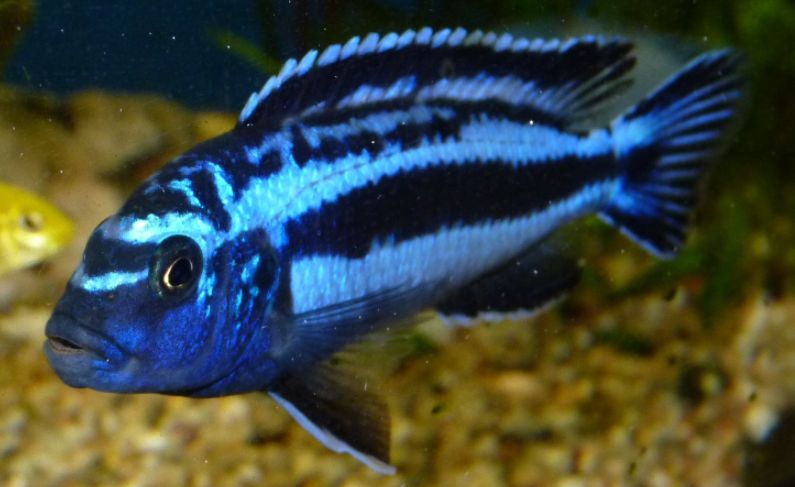
One often sees where fish are dying one a week or one a day for no apparent reason. If a lot of biofiltration surface area is added or a UV unit is added the problem goes away. What happens here is that the fish’s immune systems can only handle just so much at once. If the organism count in the water is high, then fish must devote significant immune resources to the organisms in the water. This leaves fish open to attack by all sorts of pathogens.
If the bacteria count in the water column is low the fish can put all their immune system resource towards keeping pathogens at bay. So fish in bacteria free water are far more healthy that fish in bacteria laden water.
.
The Key to Good Fish Health is Clean, Bacteria Free Water
.
Note that , contrary to popular myth, this does NOT mean water which is changed frequently. Going from ten million bacteria to five million bacteria isn’t going to be that much help to the fish. Large water changes cannot compensate for poor filtration because of the way bacteria are logarithmically present in the water.
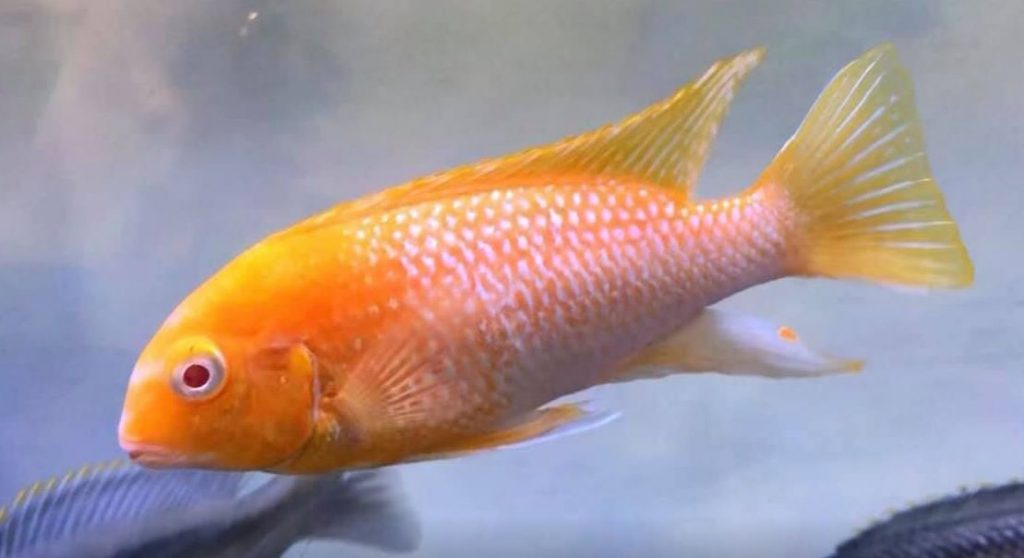
Blackwater Fish
This bacterial account is very important for some varieties of “difficult” fish. One well intentioned but ill-informed individual lamented that the neon tetras found today in the pet store have been bred to where they are very fragile and don’t survive in the aquarium. They say, “It’s a breeding problem”. This is incorrect.
Neons tetras are from the Rio Negro which is a blackwater river. This river is very acid and very soft in its make-up, like a pH of 4.5 to 6.0, virtually free of salt and with a dGH of 1. Everyone incorrectly thinks the pH is what is important. It is the dGH and salt level and their effect on bacteria which are important, not the pH.
What people don’t realize is how incredibly clean the Rio Negro is. The water has very few bacteria in it. The water has few bacteria in it because bacteria require a dGH of at least 3 and some salt to survive. Indeed, 90% of the world’s freshwater fish species would die in the Rio Negro because of the low dGH and low salt. Their gills simply cannot prevent the salts inside the fish from being sucked into the surrounding waters.
Neons are fish which should never be in anything but very clean, crystal-clear, bacteria-free water in an aquarium which has been established for at least four months. Yet many unfortunate hobbyists keeps putting them in the bacteria laden water. Then they say that breeding is at fault when they die. The same holds true for rummy nosed tetras, hatchet fish, uaru, rams, apistos and discus.
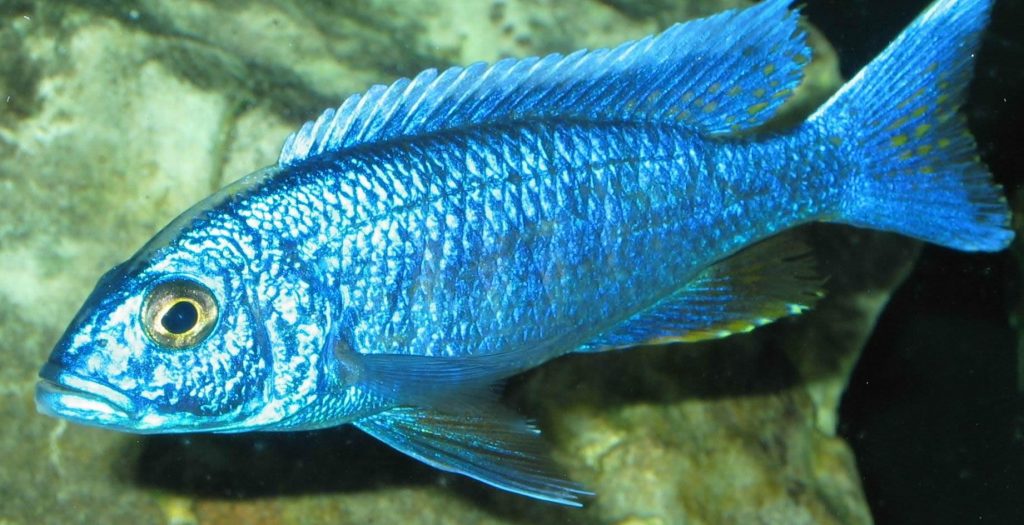
Getting Bacteria Free Water
There are several ways to get relatively bacteria free water:
- Use over-filtration, at a rate of at least 100 ft2/ft3 of biofilter surface area per pound of fish, established for at least four months without cleaning (this is required even with the two elements listed below).
- Add a UV light at a rate of one watt for every ten gallons of water, with reservations (see below).
- Add some fine polishing filtration which can remove the bacteria by mechanical filtration, with reservations (see below).
Water changes do not significantly reduce the bacteria counts. Surprisingly UV also often does not reduce the bacterial count in the water. The bacteria can reproduce so fast that they can typically out compete a UV light. It will all depend on how often the water goes through the UV unit. A 2X turnover might not reduce the bacterial count while a 8X turnover might well significantly reduce the bacterial count.
Note that UV treatment and polishing filtration cannot eliminate dissolved organic compounds (DOCs). Over-filtration can eliminate DOCs. Since DOCs are what feed bacteria in the water column it is important to eliminate them to produce really crystal clear water that is free of bacteria. So UV and polishing filtration need to be accompanied by very good standard media filtration to produce crystal clear, bacteria free water.
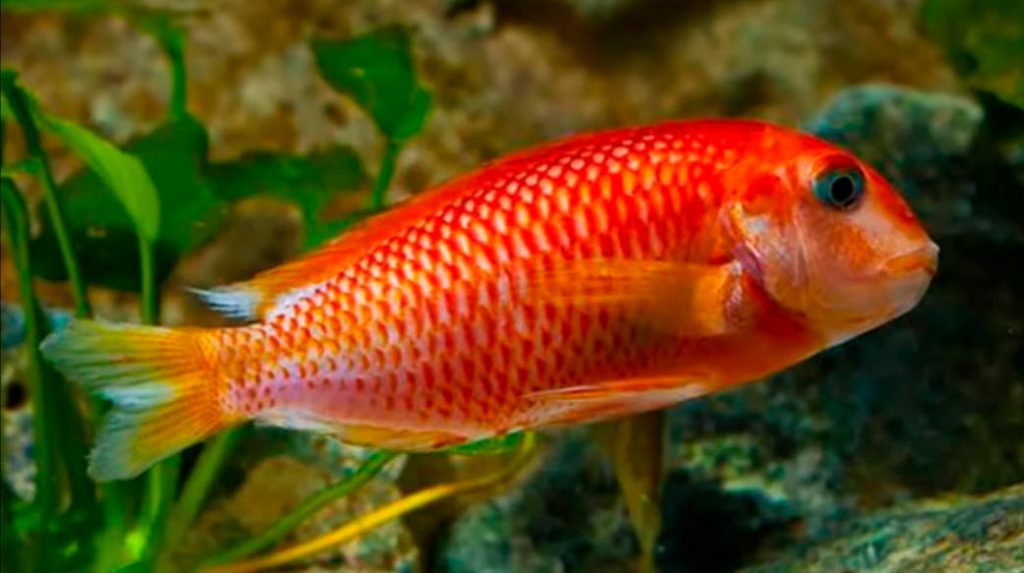
We discuss how to obtain low bacterial count water in depth in “Crystal-Clear Water”. The same things which clear the water also reduce the bacterial count.
6.4. Crystal Clear Water
Also UV sterilization can sometimes be very useful in the fight against bacteria in the water column. This is explored in more depth on this web page:
14.1.1. UV in More Depth
.
Return to Temperature, pH, KH and GH
.
Aquarium Science Website
The chapters shown below or on the right side in maroon lead to close to 400 articles on all aspects of keeping a freshwater aquarium. These articles have NO links to profit making sites and are thus unbiased in their recommendations, unlike all the for-profit sites you will find with Google. Bookmark and browse!
.

Dave says
In reply to Gordon ……. As I have repeatedly said “Mother Nature is very flexible”. The LRB, Father Fish, Walstad methods all can be made to work quite well with little or no filtration. But the water won’t be that “crystal clear” water that I value very highly in a show tank for fish.
gordon tandy says
Hello David, I don’t know if I just can’t see for looking, but I cannot see any of the references-to -articles that you mention above! Although I am fairly well read on tank keeping, I don’t remember anybody mentioning the detrimental effects of pelagic bacteria upon fish health. I watch Youtube channels such as LRB Aquatics & The Tiny Menagerie, who do not go in for filtration all that much – if at all. Yet they seem well informed and their fish seem quite healthy, if not very healthy, I would say (though I am honestly not certain how good my judgement is on fish health). This does leave me with some scepticism about your claims on the detriments of pelagic bacteria, even though much of what I read on your site rings true and seems quite ground breaking. Is it that you simply disagree that the fish of LRB & TM are healthy or, if they do seem healthy to you, why do you think that is? My comments are not a challenge – I am just interested. Best wishes, Gordon
Avihay Ifergan says
Hi dave.
I have crystal clear water and huge bii filter(k1 bed filter and put scruburs) also uv.and still having bactrial desease.
Thank
Brad - UK says
@Val
Have a look at this article by Dave. It has a great little contraption (small DIY project) to use opposing flows of air and outlet to create a near current-free oxygenated tank. I can’t see a reason why, using this (or some adaptation), you cannot over-filter with an external canister (or similar) and keep the flow very low.
https://aquariumscience.org/index.php/17-7-aquarium-bettas/
Val says
Is it realistic to pull off the over filtration method in a ten gallon Betta tank? All the water movement is generally not compatible with Bettas because of their fins and getting tossed around by the filter flow, you probably know that though. Is there a way to go about it or should I do something different?
Dave says
In reply to D. J. U. …. “hacks” are simply a no no when it comes to UVC. UVC exposure to the human eye results in cataracts when one gets older. A much better solution is something along the lines of a 3 watt mini Green Killing Machine. It will do a much better job.
D. J. U. says
Hey Dave! Could a guy hack say, a Fluval C2 HOB filter to act as a dedicated UV filter? Simply find a way to mount a small UVC light over it? I don’t see any UVC filter solutions for smaller (30 gallon) setups…and I’d like to include something for my tank. D.
Dave says
In reply to Rico …. Yes, a little bit of a slow down. But it won’t be noticeable.
Rico says
Hello, hope you’re doing well. I have a question regarding water quality. Will keeping the aquarium temperature lower slow down the free-floating bacteria count?